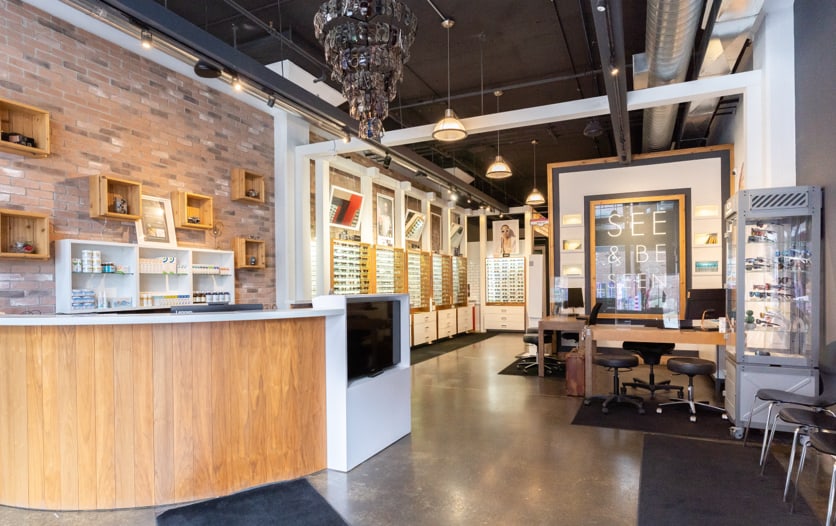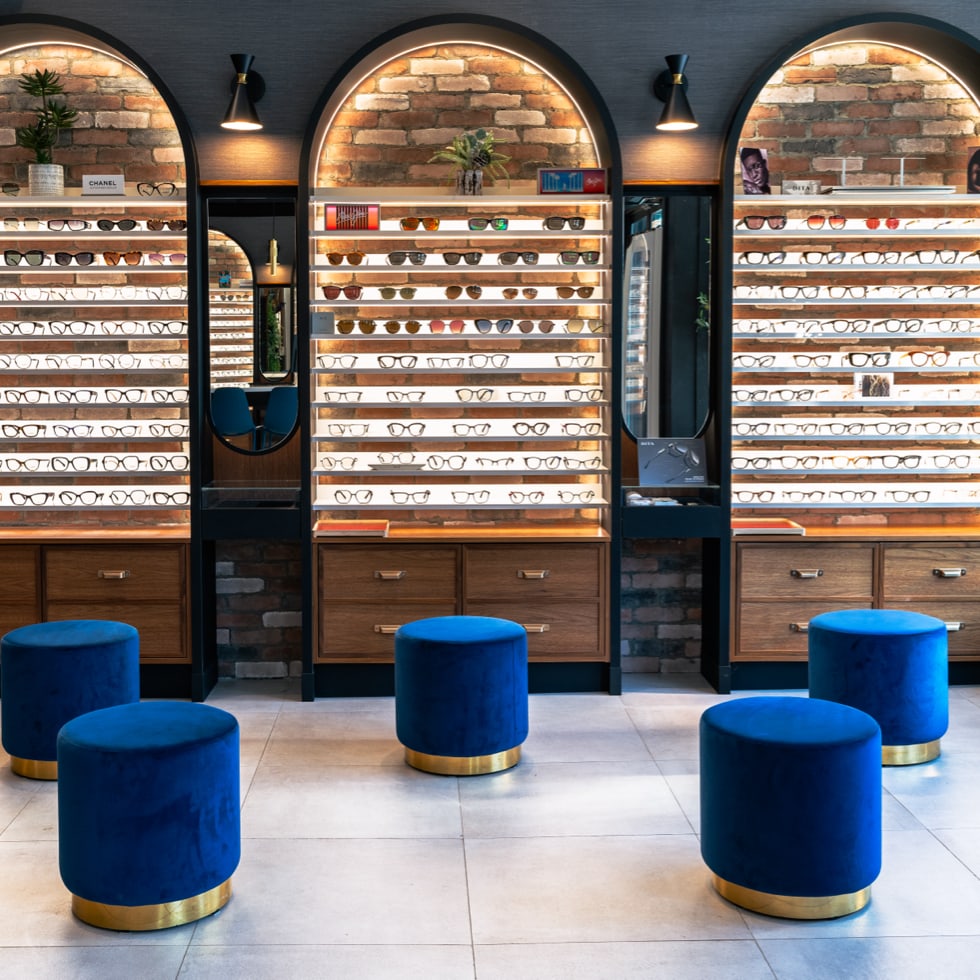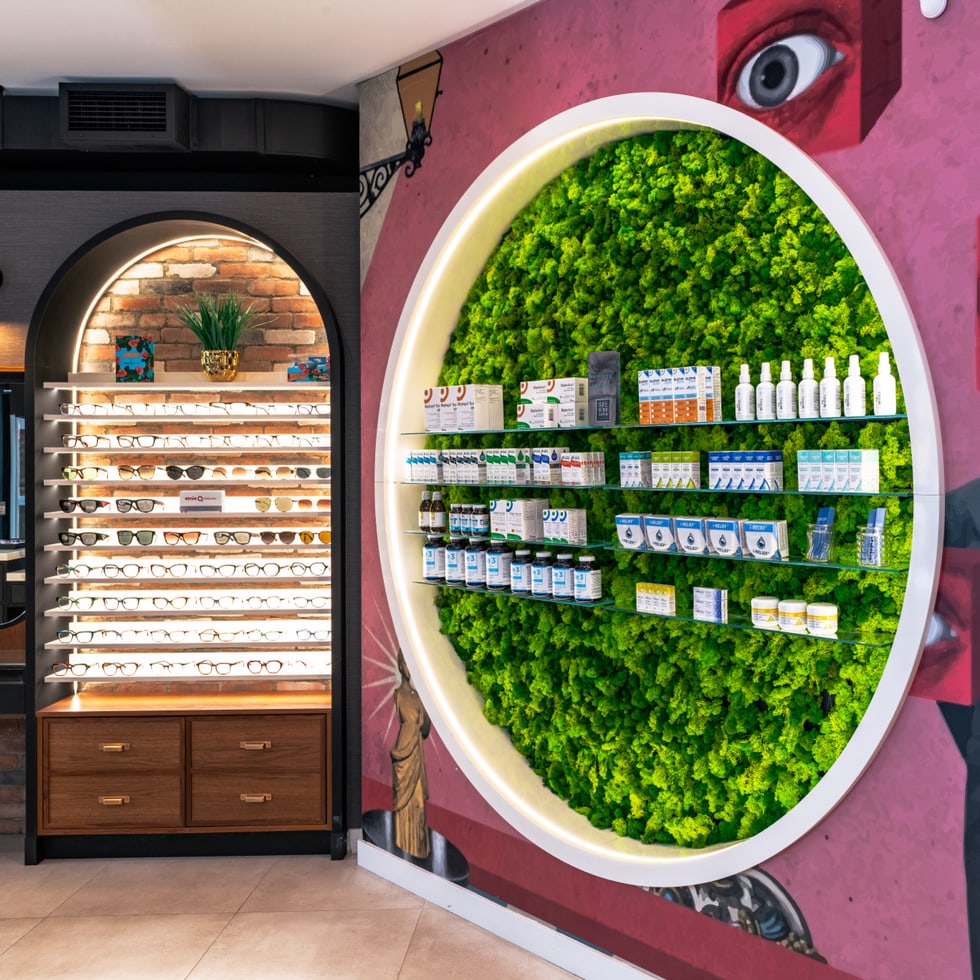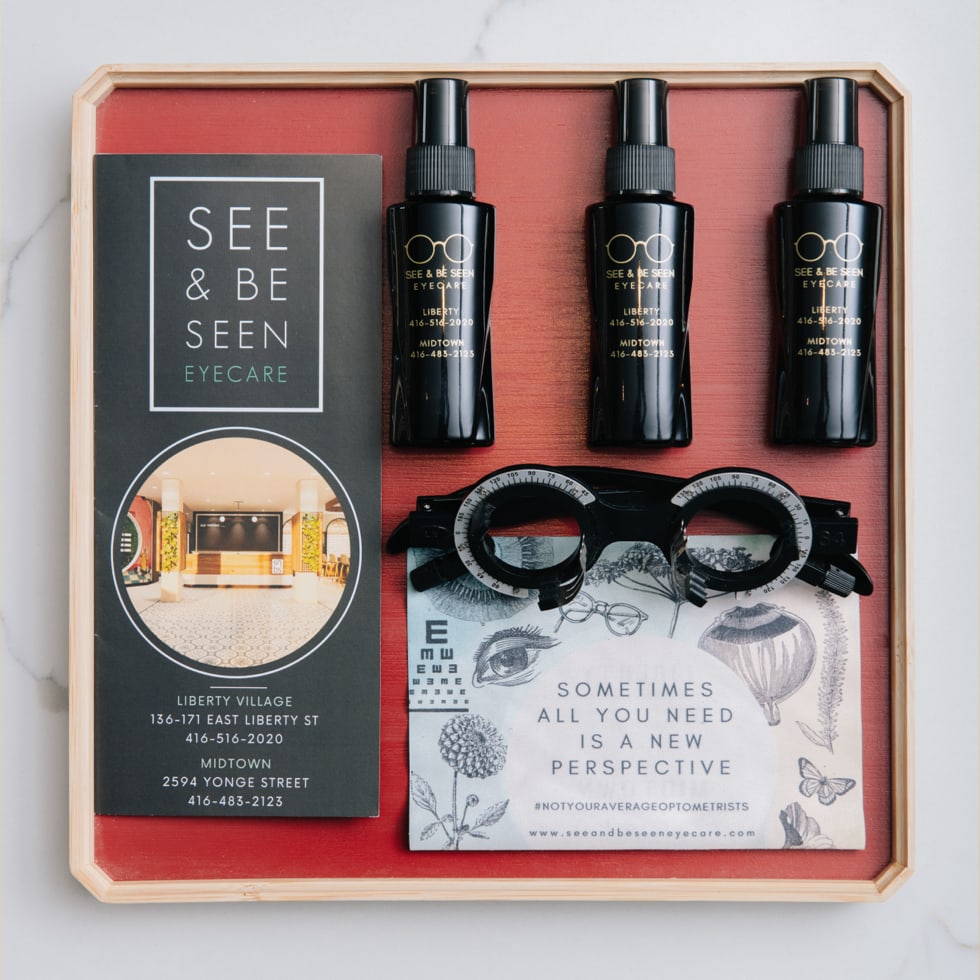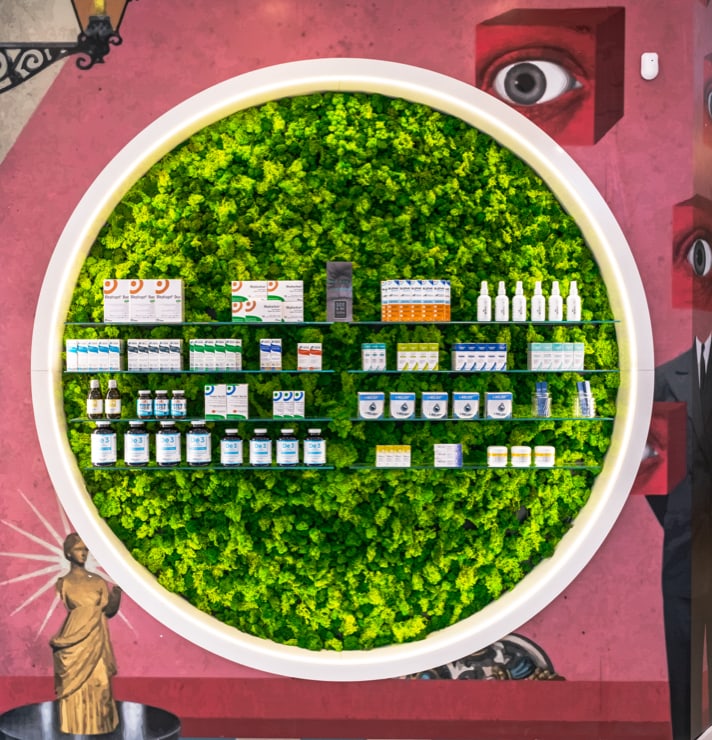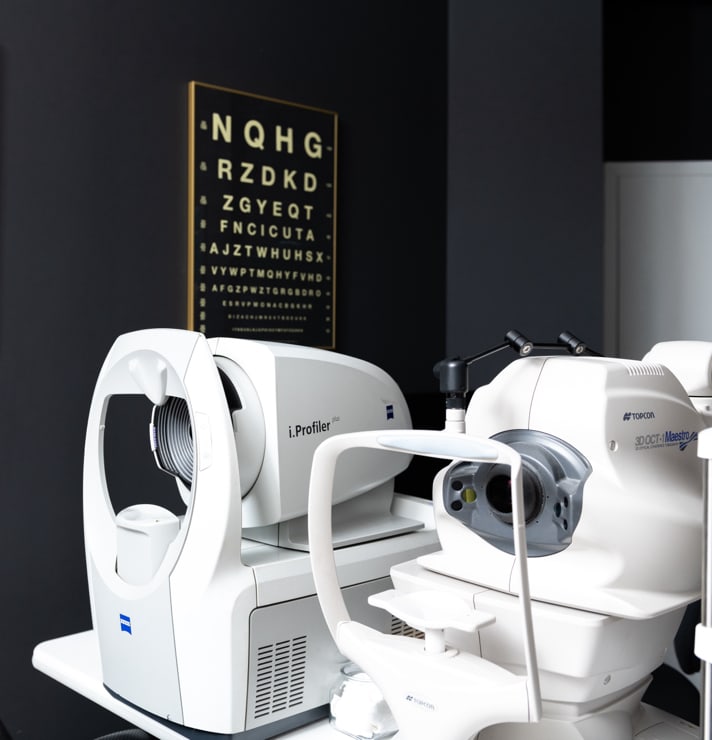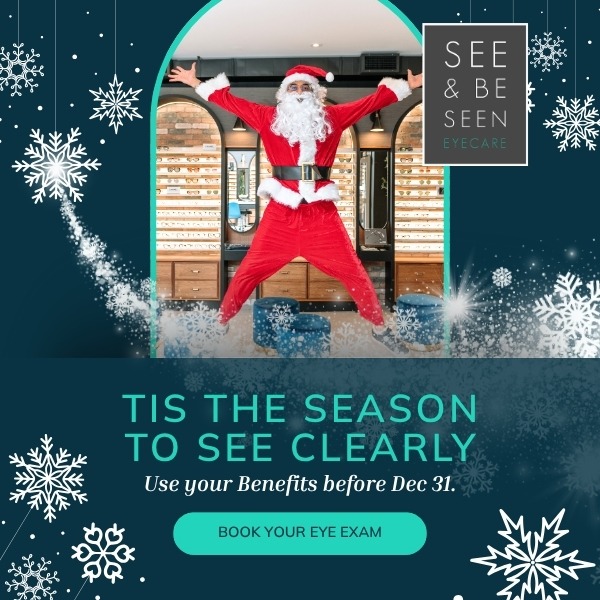Dry eyes are something many people experience, and not just because of contact lenses. Unfortunately, if you have sensitive eyes, wearing contact lenses may make the problem worse. While the causes are usually not major concerns, it is a good idea to speak to an eye doctor to ensure that there are no major underlying issues causing the irritation.
In general, dry eyes are a symptom of when the cornea becomes irritated. Usually, this is because the body has not produced enough tears to keep the cornea lubricated and comfortable. When this happens your eyes start to feel itchy and dry.
The most common causes of this are things such as seasonal allergies and a lack of blinking when staring too long at screens, for example. Tear production is also affected naturally by aging, as well as medications such as hormonal birth controls or those for high blood pressure. Several medical conditions such as certain autoimmune diseases can also be a cause, which is why we recommend speaking to your eye doctor.
Start With an Eye Exam
Having your eye doctor perform a comprehensive eye exam is the best way to identify if there are any major health concerns causing dry eyes. The earlier any potential conditions can be identified, the better, so as to help ease symptoms faster and potentially prevent any worsening of the issue. The solution to your dry eyes could be as simple as occasionally requiring eye drops, or a different brand of contact lenses, but the best way to know is to have your eye doctor perform an assessment.
Some medical issues that can cause dry eye include:
- Blepharitis (Inflation of the eyelids)
- Sjögren’s Syndrome (Autoimmune disorder)
- Lupus
- Lagophthalmos
- Dysfunction of the Lacrimal gland
- Dysfunction of the Meibomian gland
- Stroke
- Diabetes
- Delayed tear clearance
- Aqueous tear deficiency
- Desensitization of the corneal nerve
Your eye doctor will be able to identify these, or any other potential conditions during your comprehensive eye exam.

Types of Contact Lenses
Contact lenses come in two different categories – soft contact lenses and rigid gas permeable (RGP) lenses, which are also known as hard lenses. Within these two main categories, you will find different styles of contact lenses, with different levels of quality depending on the manufacturers and product line This allows you to try out many possible options to find the ones that work best for you.
Soft Contact Lenses
Soft contact lenses are the most commonly used style of contact lenses, and numerous products are available. Choices range from daily disposables, biweekly (require replacement every 2 weeks), and monthly contact lenses (require monthly replacement).
If you suffer from dry eye, daily contact lenses are the best to use for a couple of reasons:
- A fresh set of lenses each day ensures minimal build-up of protein, bacteria, and various allergens such as dust, pollen, etc.
- Daily contact lenses usually include a wetting agent which can provide further moisturization of the eyes, and rescue corneal irritation
- You will feel the highest level of comfort from daily lenses as a fresh set of lenses are usually much more gentle on the eyes
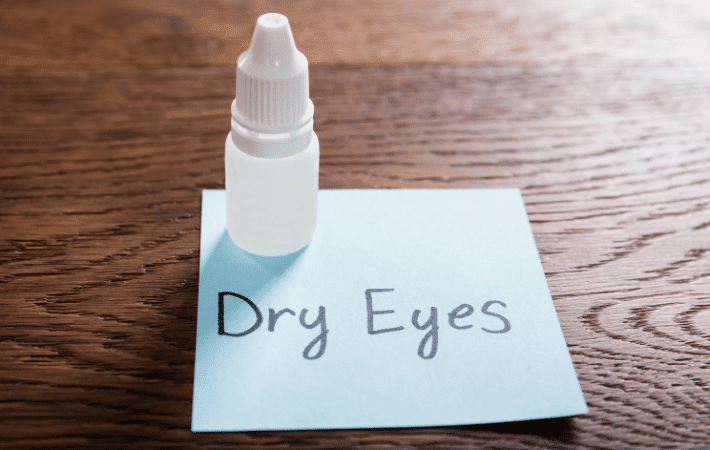
Rigid Gas Permeable (RGP) Contact Lenses
Originally invented in the late 1800s, the first hard contact lenses were not exactly the most comfortable or most convenient. They were kind of like having the lenses of regular glasses right on your eye. The quality of hard contact lenses has improved dramatically since then, and they are much more comfortable today, making them an excellent option for people with keratoconus, irregular corneas and with astigmatism.
A great option may be Rigid Gas Permeable (RGP) lenses and as the name implies they allow oxygen to permeate in, allowing more comfortable wear. They are more durable compared to soft contact lenses and more resistant to build-up of deposits. They do also offer a more clear and crisp vision.
Although they are more comfortable than conventional hard lenses, they do have a longer adjustment period compared to soft contact lenses and are generally tolerated very well.
There is a special type of RGP contact lenses called Scleral lenses. These lenses were designed specifically to avoid touching the cornea of the eye, avoiding any possible irritation and nerve desensitization, which leads to dry eyes.
The perimeter of these lenses rests on the white part of the eyeball which is called the Sclera, avoiding touching the cornea entirely. The sclera has far fewer nerve endings than the cornea, reducing the chance of irritation. An additional benefit of these lenses is that there is a fluid reservoir between the eye and the contact lens. This reservoir is actually intended to fill in all of the corneal irregularities in patients with damaged or otherwise altered corneas, but it has the added benefit of providing additional hydration for the eye.
Orthokeratology Lenses
Also going by the name of “Ortho-K”, these types of lenses are also rigid gas permeable (RGP) lenses. They are specifically designed for the treatment of myopia or astigmatism and are unique in that they are only intended to be worn overnight for a period of several weeks, and will actually alter the shape of the eyeball.
After several weeks of wear, these lenses can be removed during the daytime, and the shape of the eyeball gained overnight will not disappear. This allows an improvement in vision ability even without having to constantly be wearing these types of lenses. The eyeball shape will revert back to its problematic fault if these lenses are not worn overnight continuously, so it is best to avoid long overnight periods where they are not being used.
Find What Works For You
While contact lenses can certainly exacerbate dry eye symptoms, our overview highlights some different options available to you. While you may simply need an eye drop solution or perhaps a higher-quality set of daily disposable soft contact lenses, it’s best to speak to your eye doctor first. With a comprehensive eye exam, they will be able to assist you in finding the best solution to gain some relief.




